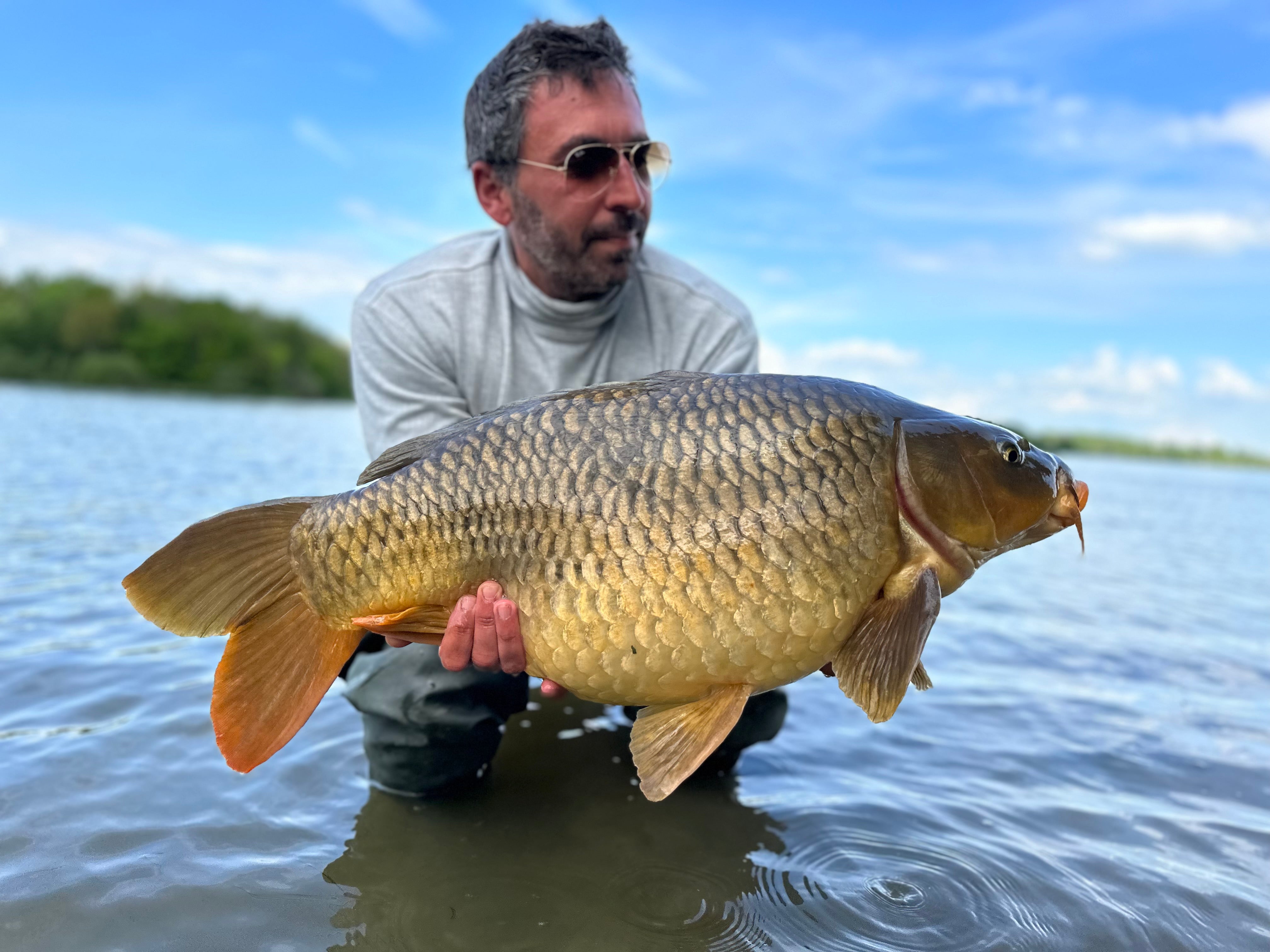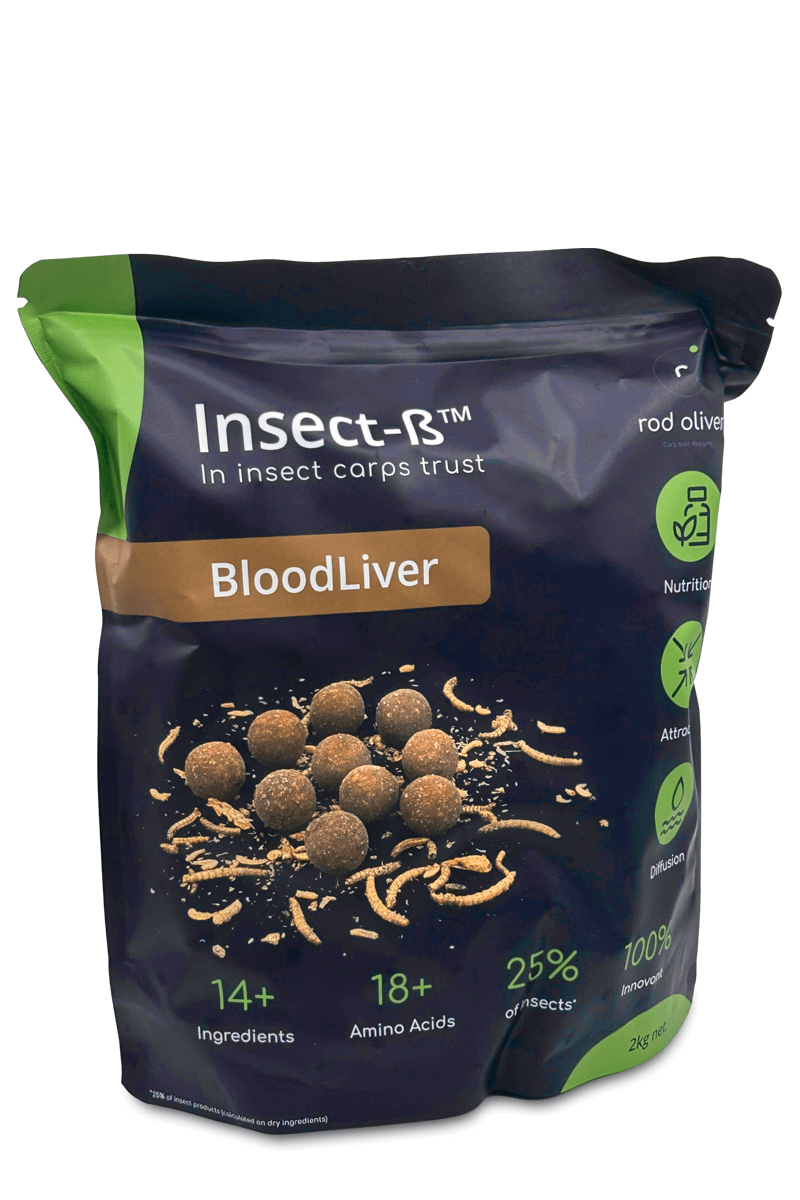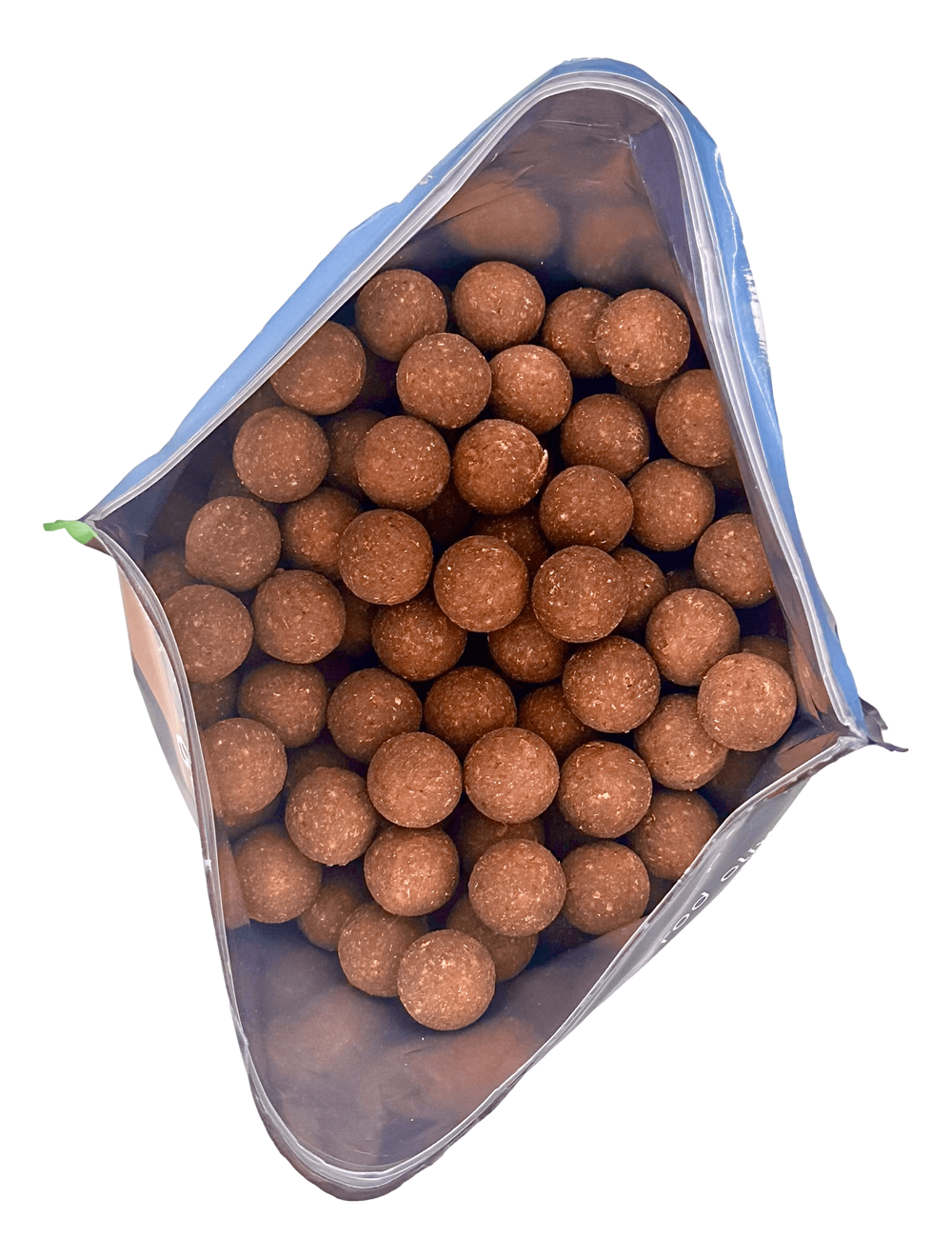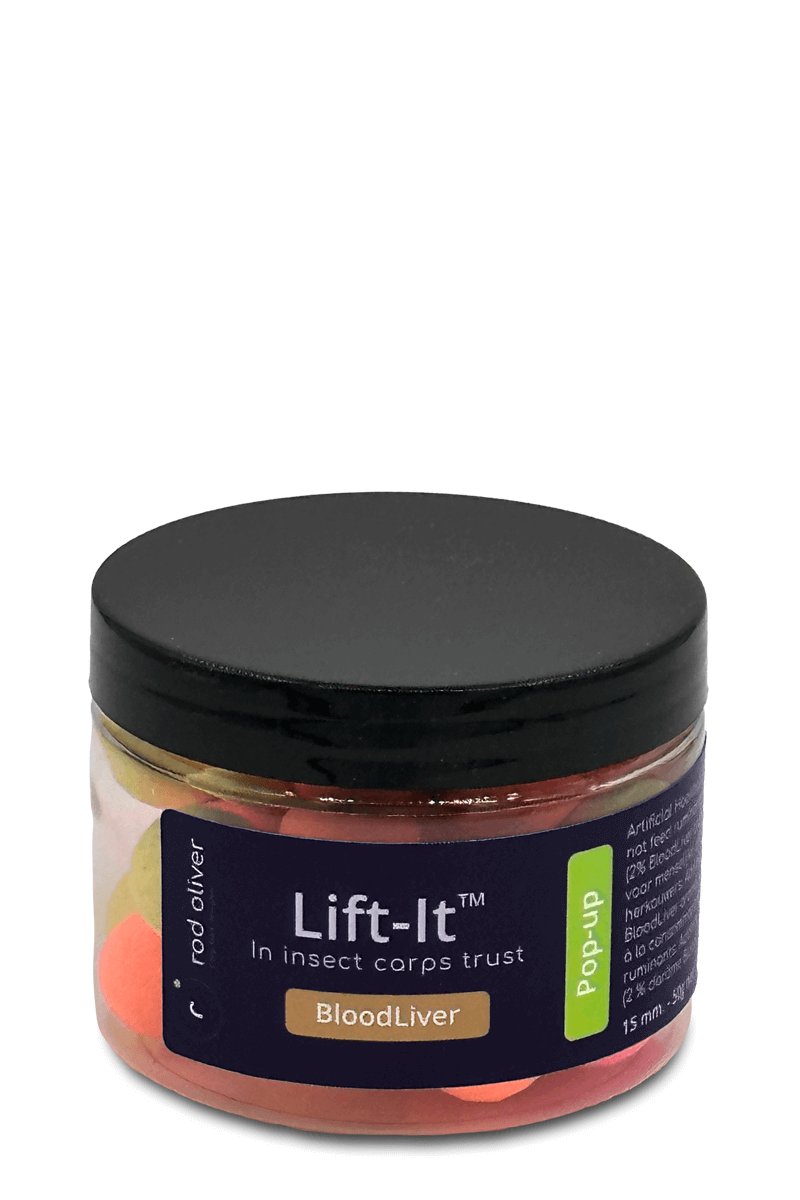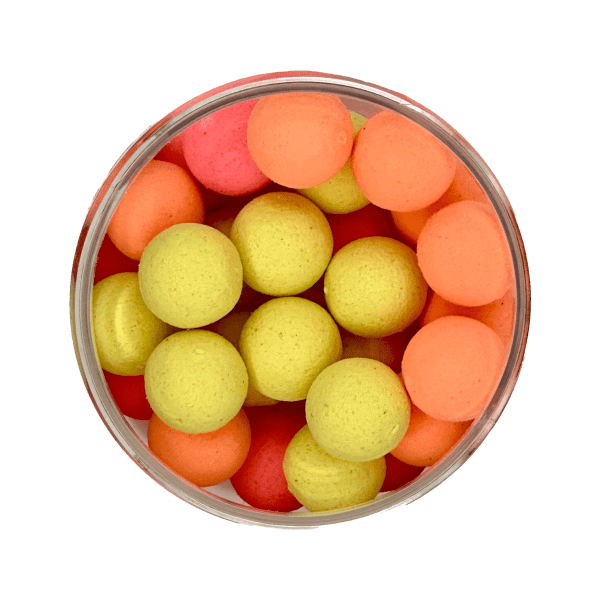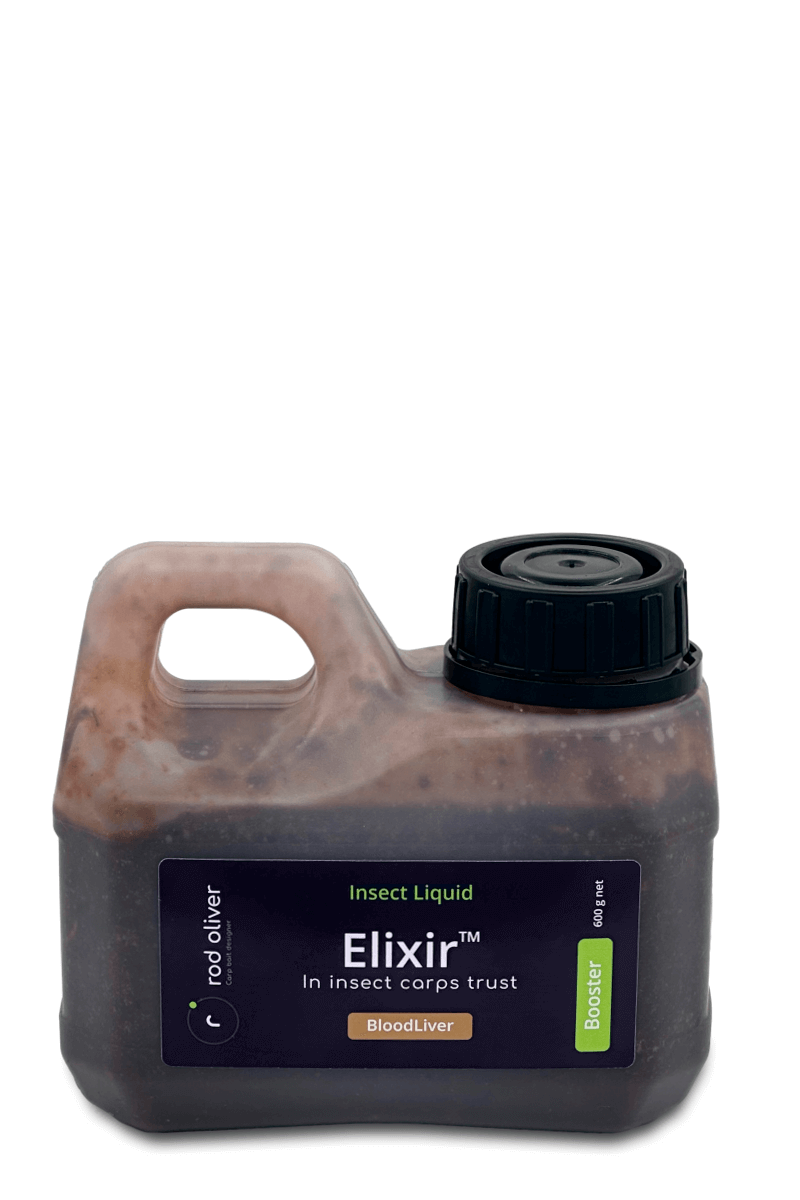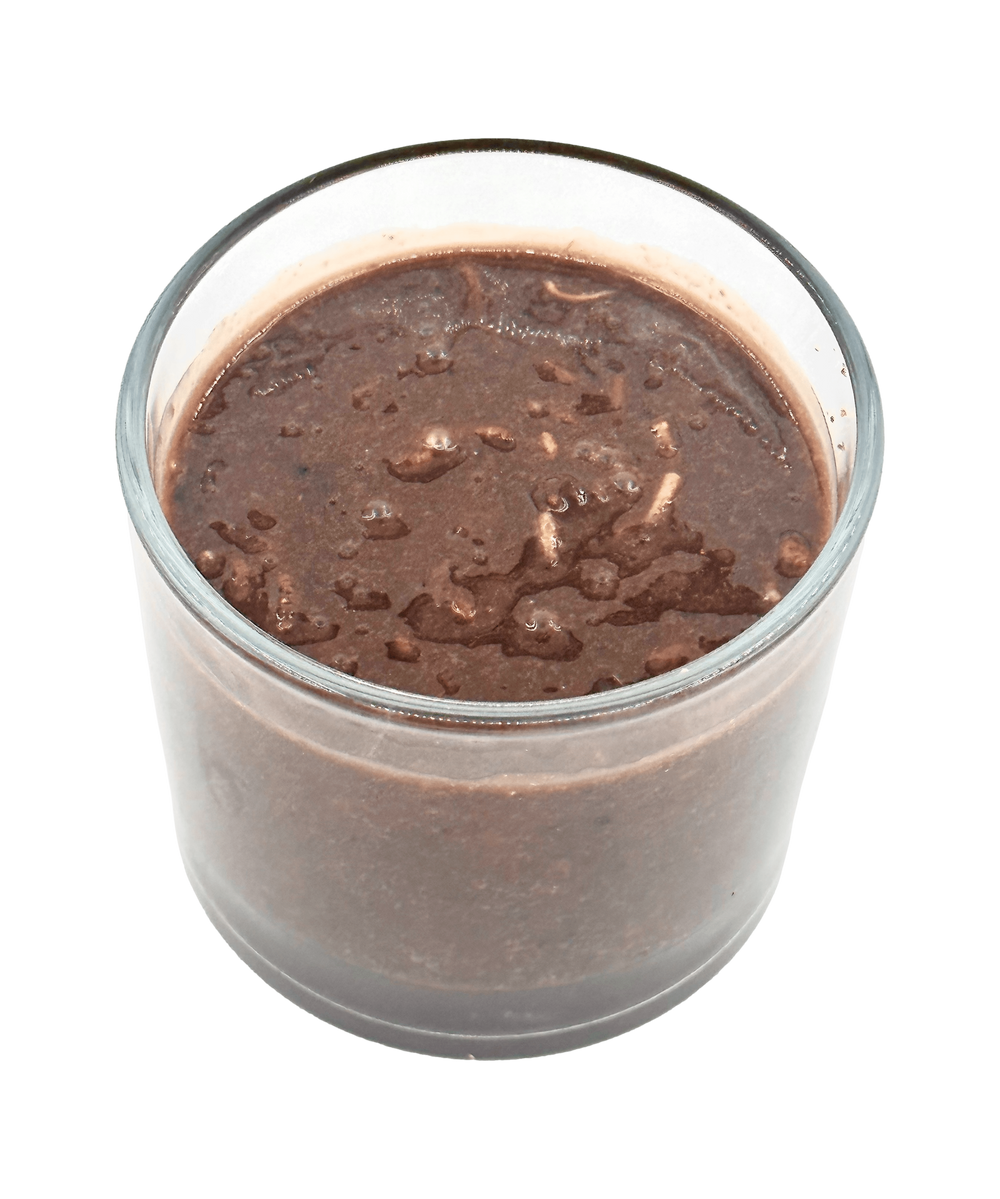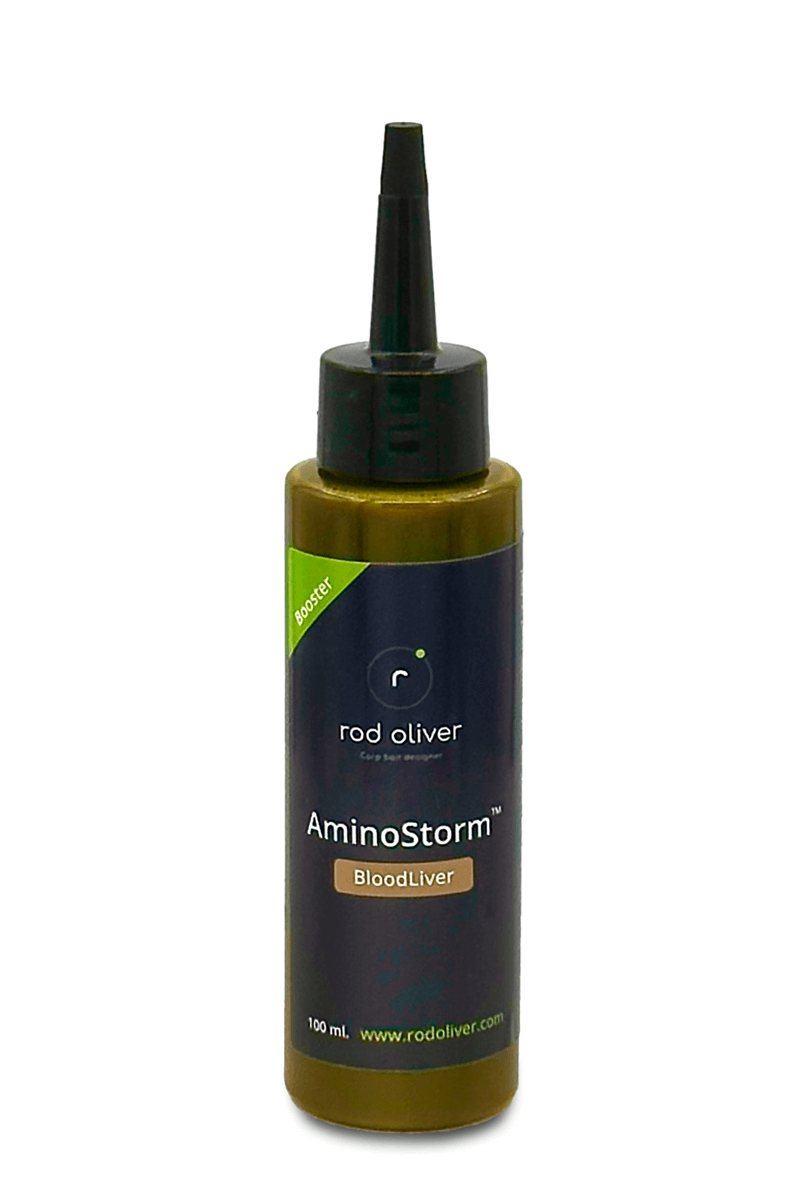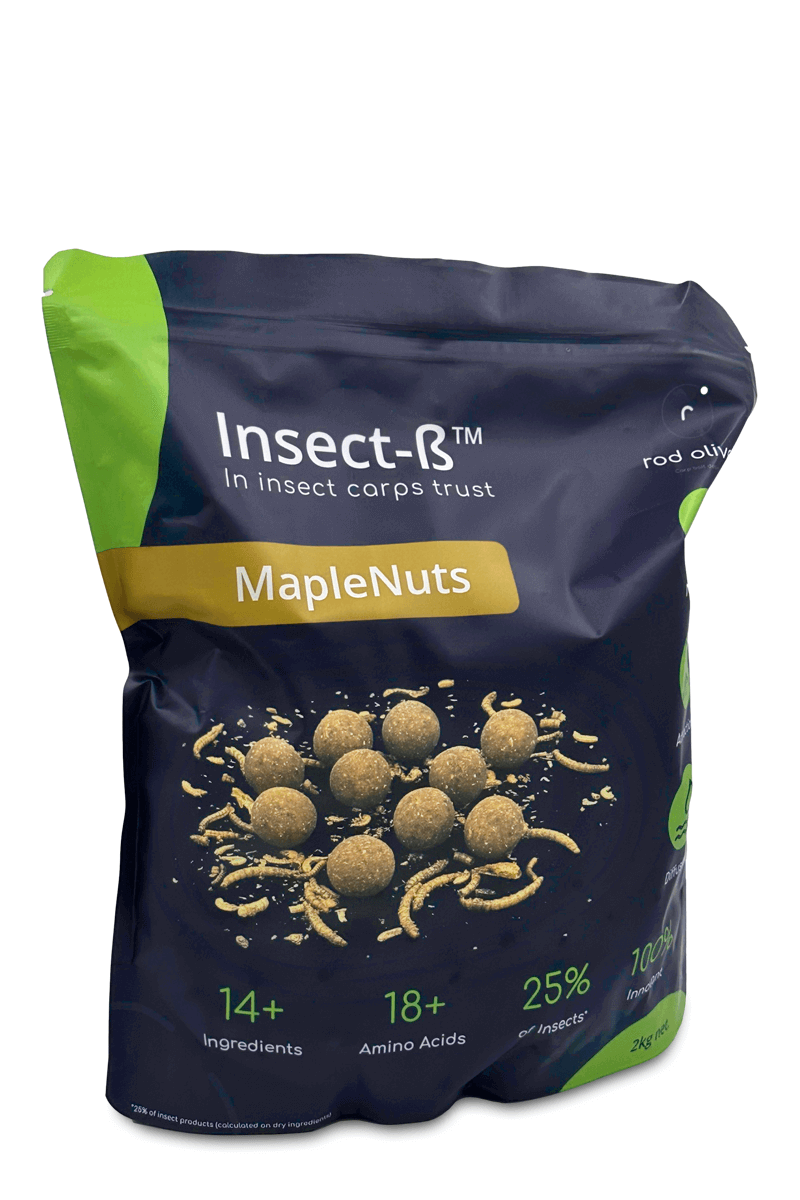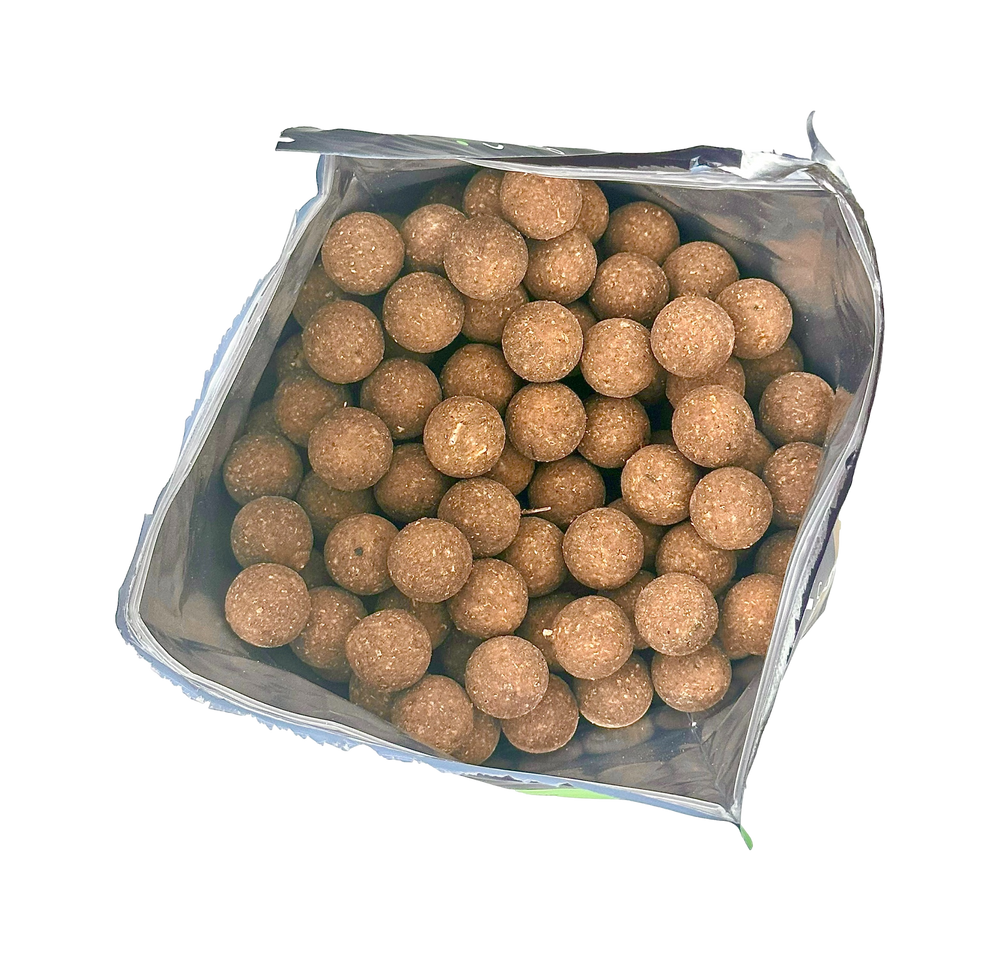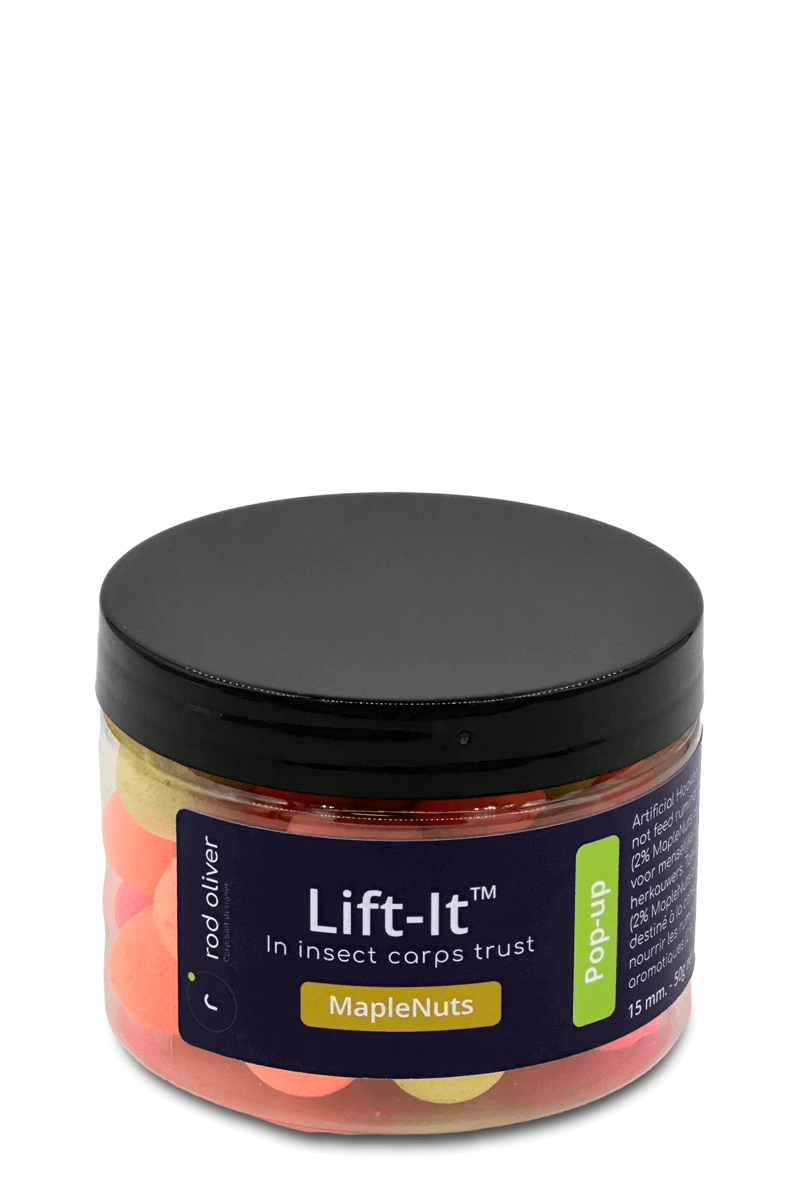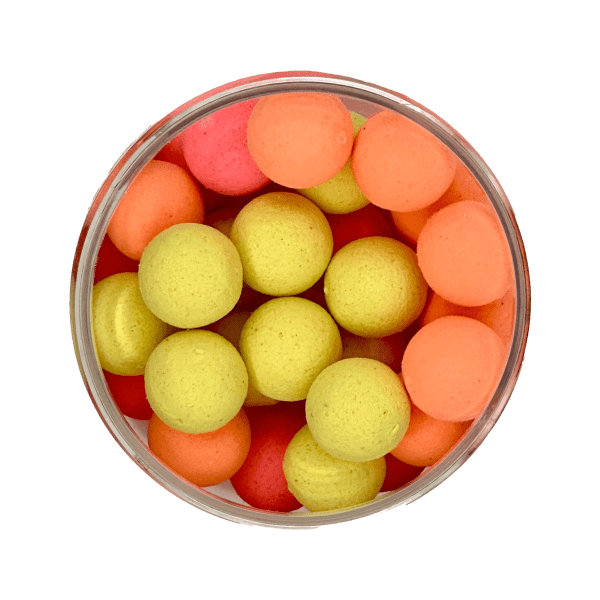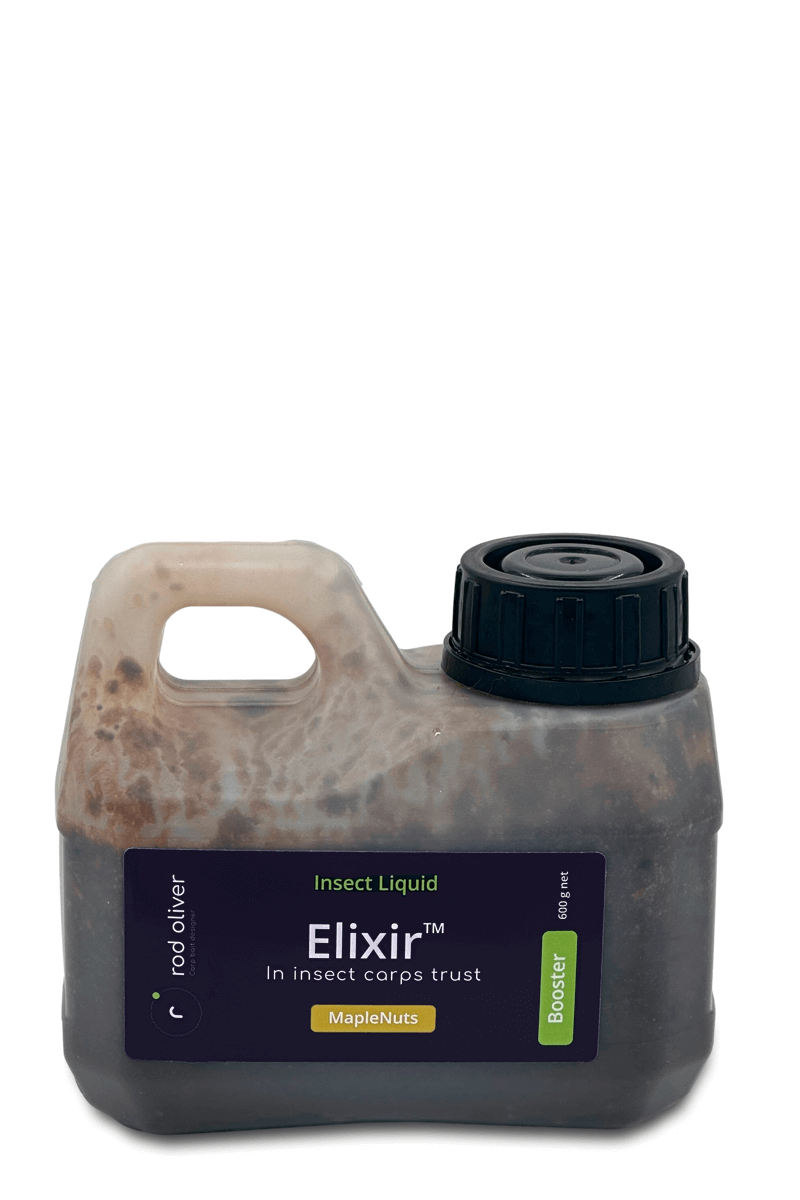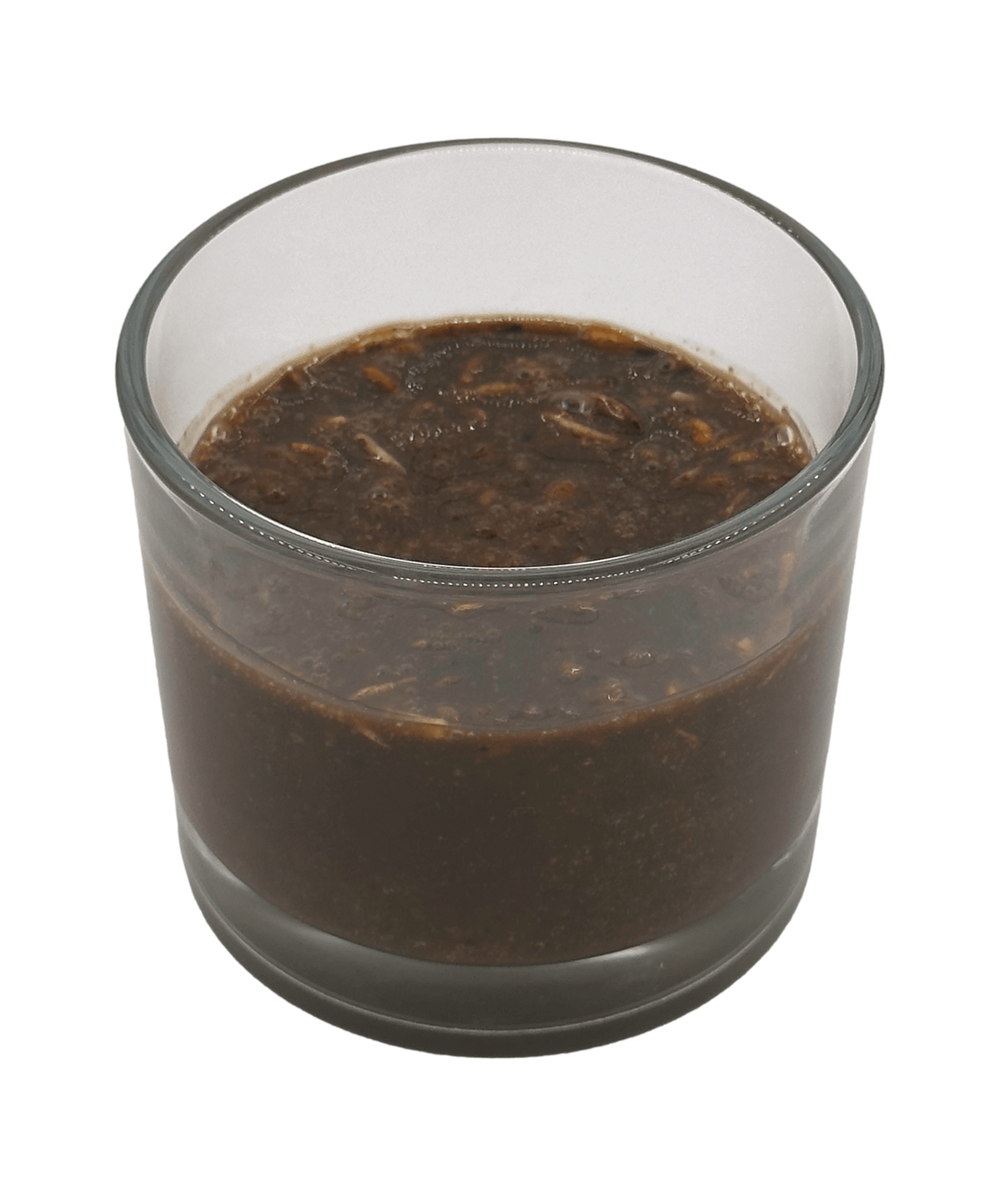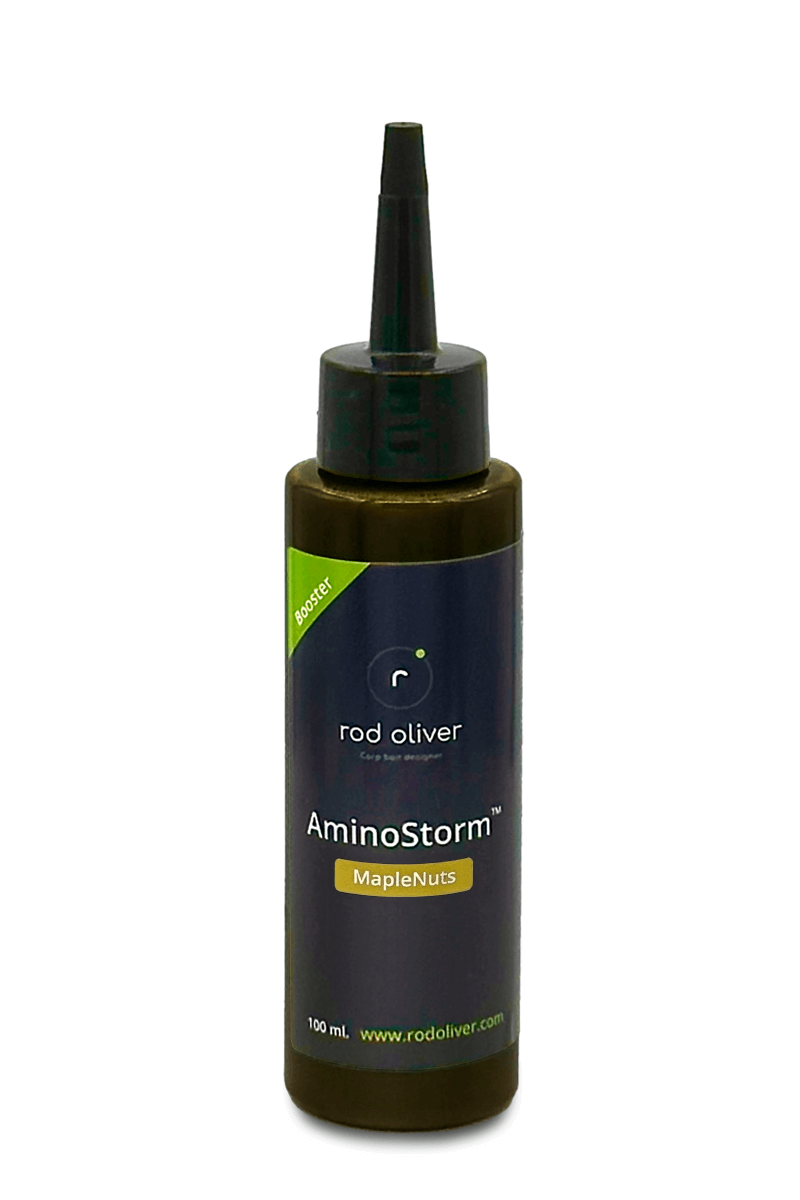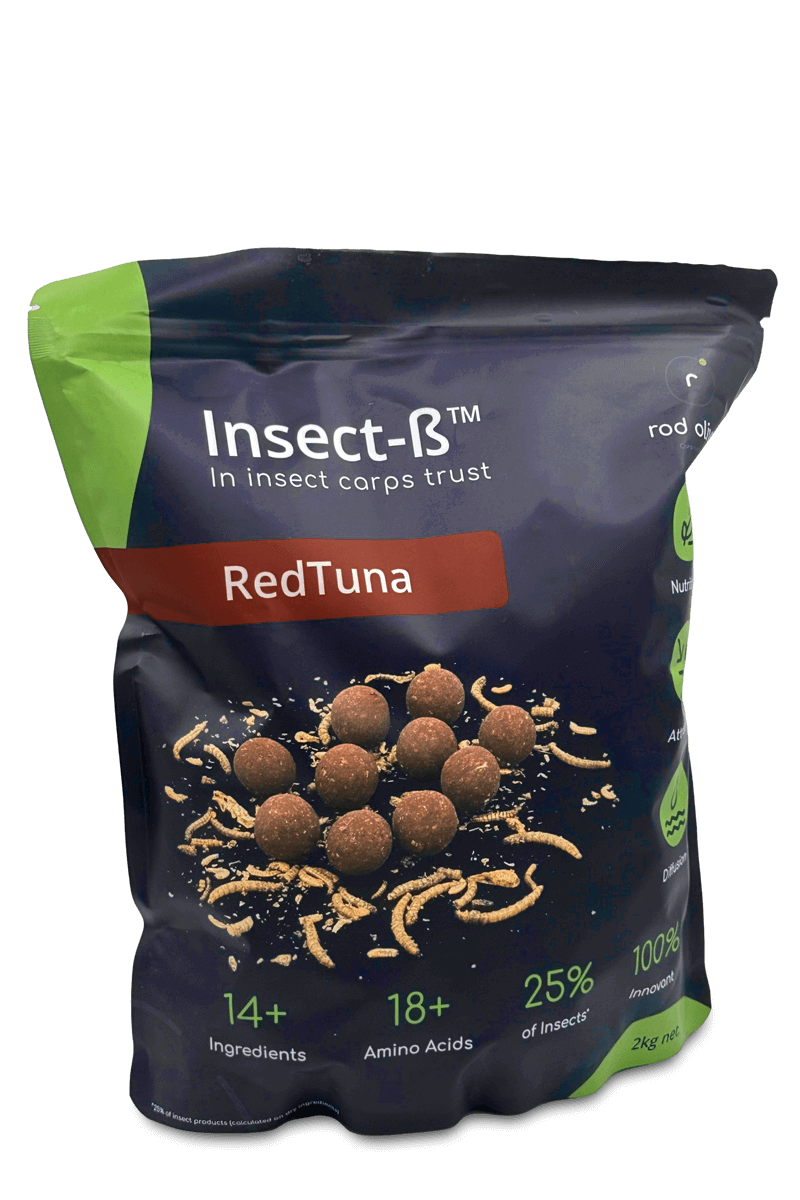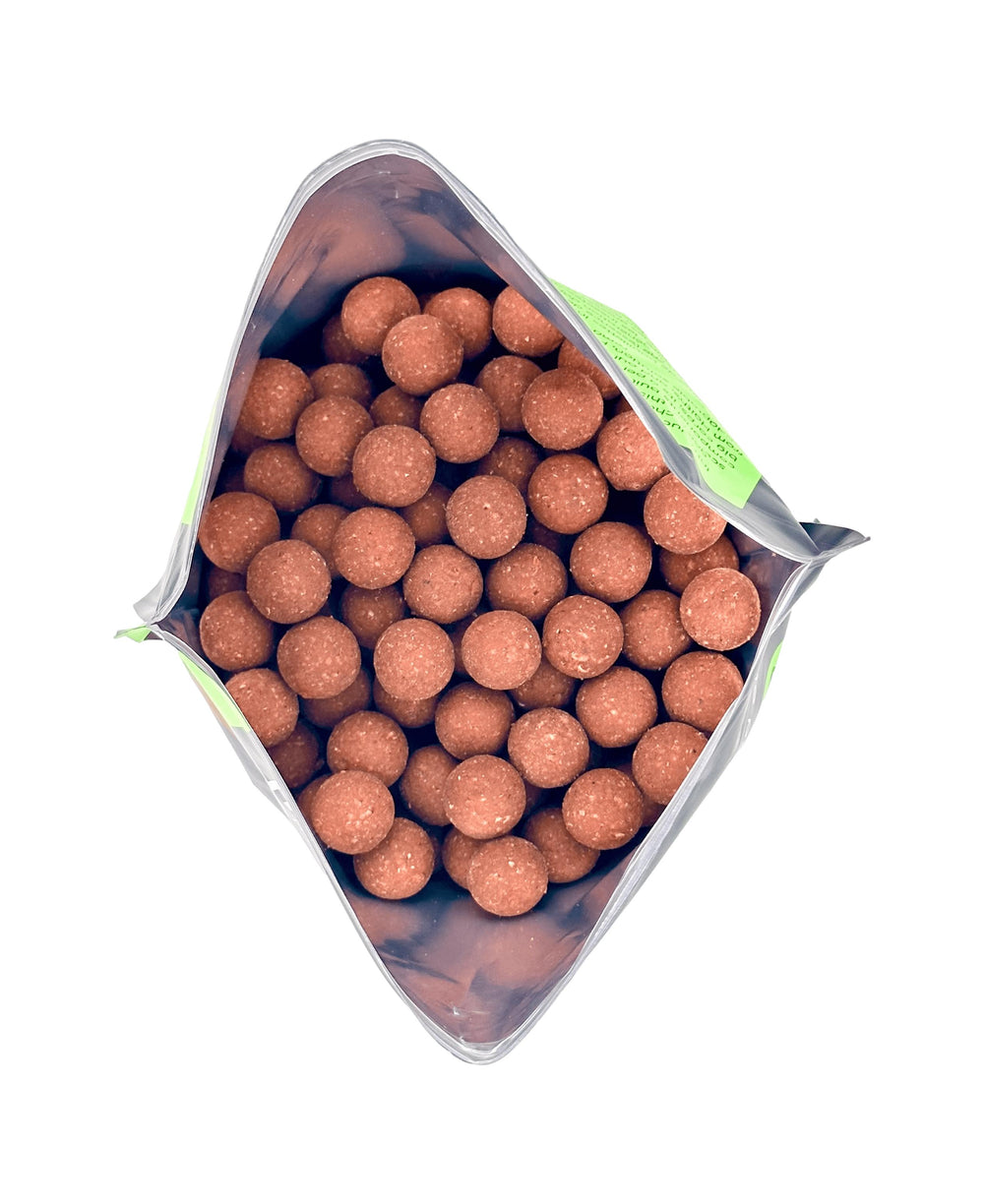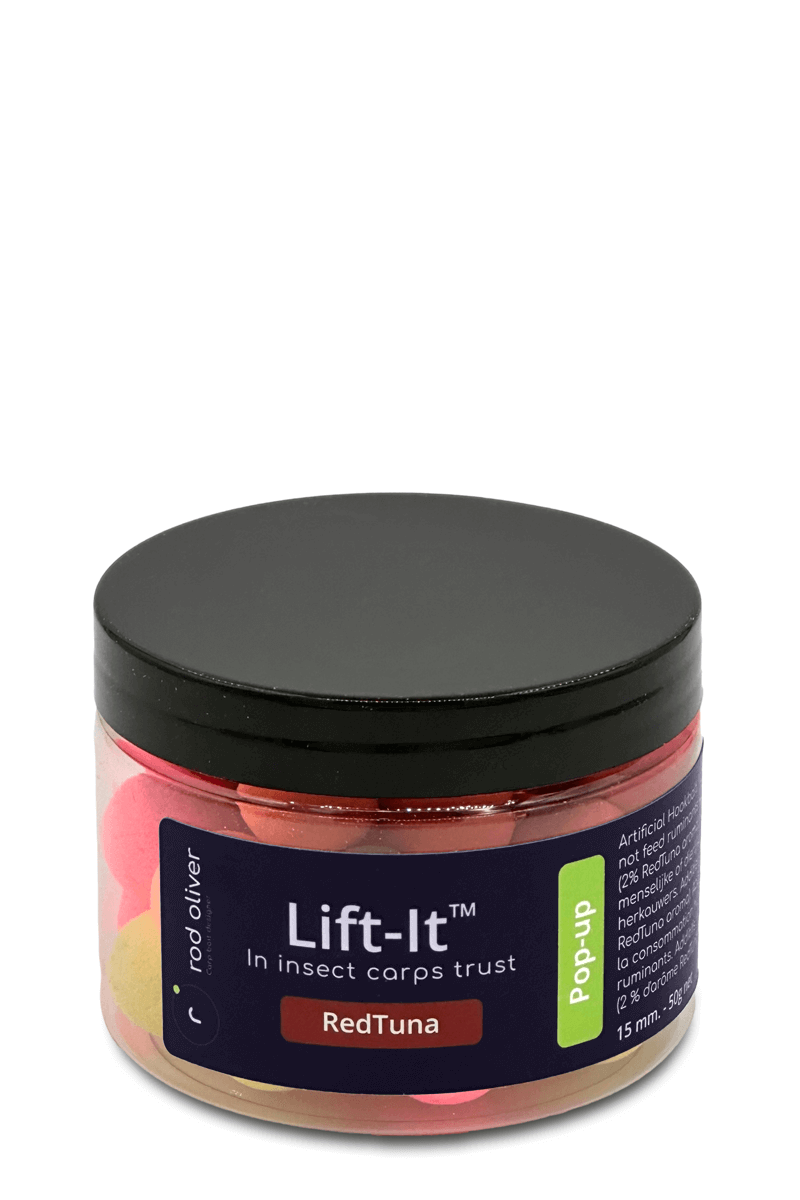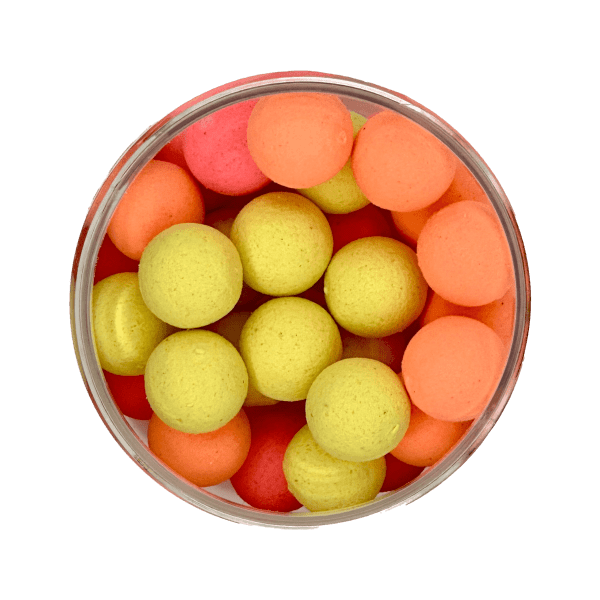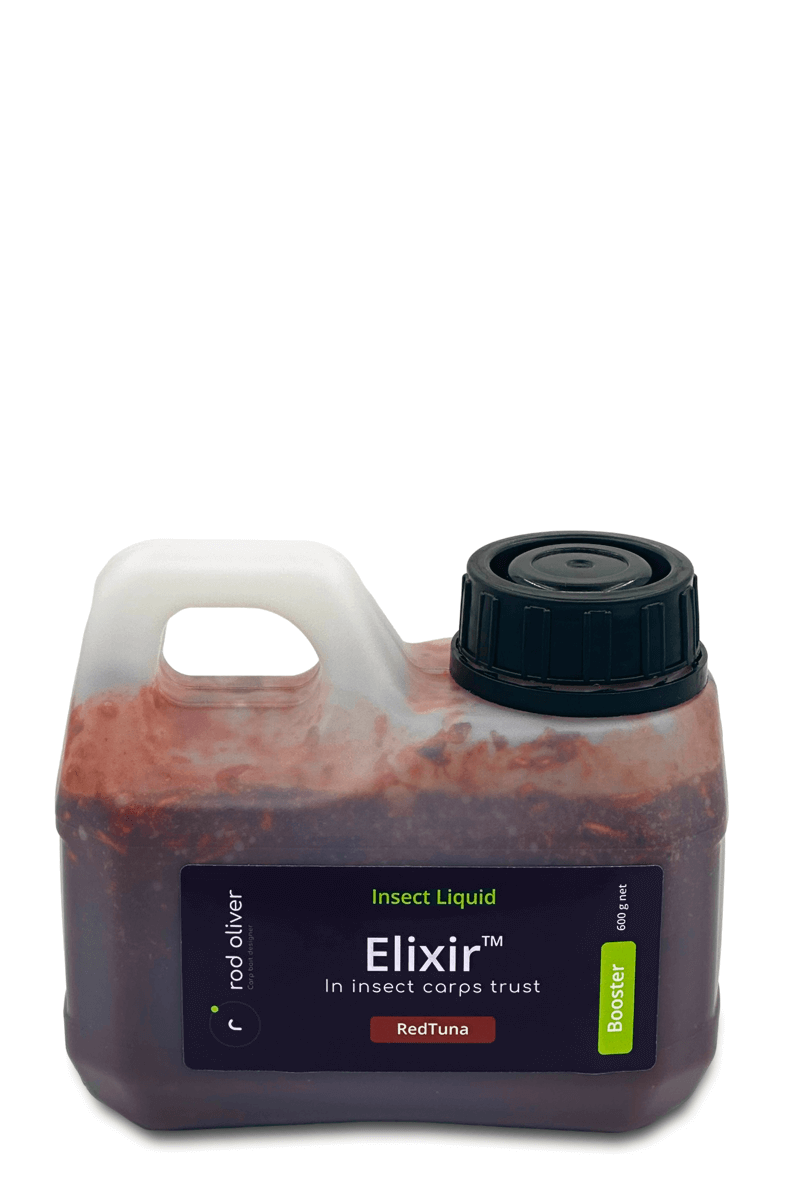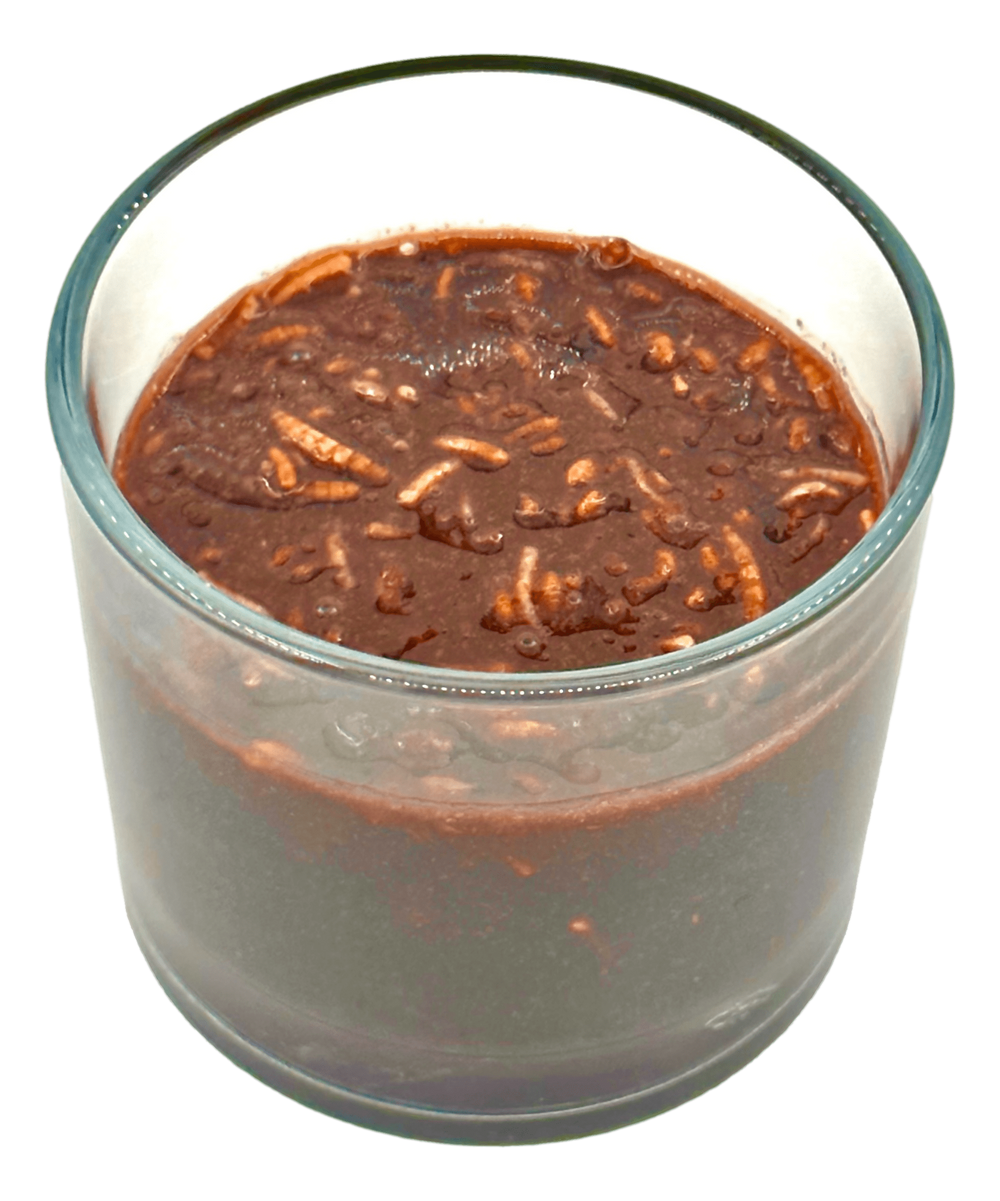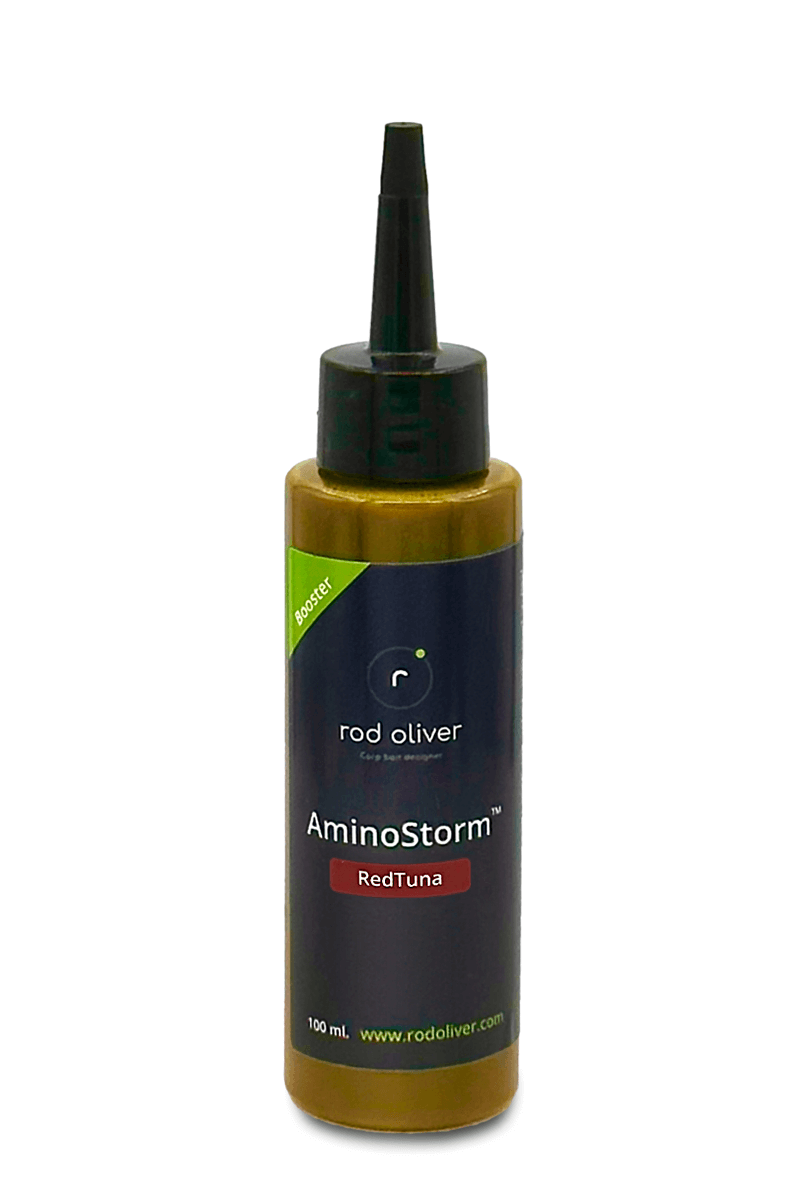Why will a good boilie always catch more carp?
Here's a hot topic that is frequently discussed in carp fishing forums. In this opinion piece, we will explain why we are convinced that a high-quality boilie will outperform 'crap baits' in all circumstances.
Table of content
1. Introduction
2. What is bait?
3. Why and How is a Carp Attracted to Our Baits?
4. What makes a good boilie?
5. Why are low-quality boilies inferior?
6. Conclusion
1. Introduction
Boilies are a broad topic that sparks heated discussions where everyone vigorously defends their viewpoint, often with emotion rather than reason. In this article, we will be factual, presenting the facts that explain why high-quality boilies are superior and maximize the chances of consistently achieving successful catches. While there may not be any miraculous baits, some are better than others and catch more carp; the question is why?
2. What is Bait?
Before delving into the heart of the matter, it is important to understand what bait is and what its exact purpose is. Bait is not an object but a "solution"; it should be seen not as an inert thing but as a living entity that interacts with the environment and the fish. This aspect is even more crucial when it comes to boilies in particular. The strict sense definition of bait is: a product used to attract animals for capture. The primary goal is, therefore, to attract and not to feed, as carp anglers aim to catch carp and are not fish farmers. However, this point should not be viewed simplistically but should always be kept in mind and understood in a broader sense, which we will revisit later. To be effective, bait must be tailored to the targeted fish; one doesn't use the same bait for pike and carp, for example. By "tailored," we mean it should be appealing to the fish and provide something it is seeking. Tailored may also refer to considerations such as seasonal variations or the type of environment in which the carp inhabits.
3. Why and How is a Carp Attracted to Our Baits?
To address the question of the differences between a good boilie and a "crap bait," we must first define the reasons why a carp would be attracted to bait, specifically in our case, a boilie.
Like all fish, carp can be interested in bait for several reasons:
-
Feeding: Obviously, this is the most obvious reason. Carp eat to nourish themselves and meet their dietary needs. Therefore, we can conclude that a boilie must be able to provide at least one valuable nutrient that carp require.
-
Attraction: Carp use their senses to detect their food, with their small barbels playing a crucial role. They detect the biochemical signals emitted by their prey to locate them. To lure carp towards our baits, additives play a significant role. The idea is to replicate these chemical signals so that the carp becomes interested.
-
Curiosity: Like all fish, carp are naturally curious. Curiosity, in general, is a tendency to learn and try new things. Being curious also means being drawn to novelty, something that stands out from the ordinary and differs from what is commonly seen. For carp, it's exactly the same; they are interested in what is unusual in their environment. When we seek to stimulate this characteristic, we refer to it as "lure," which can be defined as a sub-category of bait and fits perfectly within the definition: a product used to attract animals for capture.
This understanding of how carp find our baits will help us define more precisely what a good boilie can be and what makes some better and more effective than others.
4. What is a Good Boilie?
If we stick to the definition of bait, a good boilie is, above all else, a boilie that attracts carp. However, we should add regularly, in all circumstances, and over extended periods. Because, yes, it is possible to attract a carp at a given moment with any type of boilie and bait, but doing so repeatedly and consistently is another story.
To delve into the details, we will revisit the previous points and elaborate on how they can be applied to the baits that carp anglers use, specifically focusing on boilies, which are the subject of this article.
4.1 A good boilie is a reliable source of food
Considering that the primary reason a carp takes our baits is to feed, a high-quality boilie must provide what the carp needs from a nutritional standpoint. This is especially true in the context of medium and long-term fishing to prevent the carp from turning away from this food source. Indeed, while it can easily seize low-resource baits in the short term, it will become less interested in them as the days go by. This is partly why results often decline day by day during extended sessions. Often laden with flavors and made from simple plant-based flours, these low-cost baits are aptly called "crap baits."
To avoid this issue with boilies, they must be formulated to closely match the carp's nutritional needs and, most importantly, be highly digestible. This is crucial because carp, lacking a stomach, have slow digestion, and it is essential not to hinder this already naturally laborious process.
The nutritional requirements of carp can be summarized as follows:
-
Proteins in quantity but assimilable: The protein content itself is not an indicator of quality; what matters is their good assimilation, primarily through the presence of amino acids. The majority of natural food sources for carp are protein-based.
-
Carbohydrates for energy but in reasonable quantities: Carp being cold-blooded animals, their energy needs are not as high as warm-blooded animals that constantly burn calories to maintain body temperature. In their natural environment, energy-rich foods are limited, so carp's metabolism is well-suited to this. It's important to note that carp digest carbohydrates poorly because they have a short intestine.
-
Lipids: These are a better source of energy for carp and for the functioning of their metabolism, as they save proteins in the process of being converted into energy. However, the proportion of lipids should remain reasonable.
-
Fiber, vitamins, minerals, and amino acids: Fiber aids carp in digesting their food and is therefore an interesting addition. Vitamins, minerals, and amino acids are crucial as they promote metabolism, aid growth, and strengthen the fish's immune system.
A quality boilie will, therefore, be a bait that is balanced, taking into account the points mentioned above. It will consist of complementary ingredients, each of which can provide an element that carp need.
As we've emphasized, it's important to have high-quality and easily digestible ingredients for carp. That's why it's advisable to prioritize meaty boilies in all circumstances. No plant-based flour can ever match the nutritional quality and digestibility of fishmeal, crustacean meal, meat, or insect proteins, which offer the best amino acid profile. These flours also provide good lipids through essential fatty acids. That's why all quality boilies contain such flours in substantial proportions. However, not all meaty boilies are necessarily of high quality. Nutritionally speaking, what's essential is balance. A good boilie will include, in addition to its animal or insect flours, a proportion of plant-based flours to improve carbohydrate, fiber, and vitamin content.
With a well-constructed boilie based on animal proteins, carp will find a long-term food source. In waters with limited natural food, they will become the primary food source if used widely and carp will turn away from other options. In richer waters, this is less obvious because carp can already find ample food. Using a nutritionally well-thought-out boilie won't guarantee that carp consider them a major food source, but in such rich waters, low-quality boilies have no chance during multi-day sessions.
4.2 A good boilie is attractive
A quality boilie is not just nutritious but also attractive! The good news is that high-quality boilies are naturally very attractive because animal flours and insect flours are rich in amino acids, which are crucial chemical signals for carp to detect their food.
Additionally, these boilies often contain significant amounts of natural liquids added during their production. These can include marine extracts, liver liquids, or bloodworms, for example. The advantage of these liquids is that, like animal flours, they are hydrosoluble and increase the bait's diffusion capacity, making it easier for carp to detect. A quality boilie will also include attractants and appetite stimulants such as betaine, yeast, aminol, or pre-digested fish flours.
4.3 A good boilie piques carp's curiosity
Carp are naturally curious fish, and this aspect should not be overlooked, although it is less critical in high-end baits than the previous two points. In quality baits, curiosity can be piqued by using natural colorants such as robin red or spices that help create color contrasts. Additionally, small amounts of high-quality flavorings can be added, but nothing is more repellent than a poor-quality flavoring. Pop-ups, for example, can also be used to improve bait presentation and increase the chances of capturing a curious carp.
5. Why are Low-Quality Boilies Inferior?
It's a matter of formulation and production. Low-cost boilies simply cannot compete in terms of nutritional balance, that's a fact. Animal flours come at a much higher cost, and "crap baits" simply don't contain them. They are constructed exclusively around plant-based flours.
Manufacturers of these baits will, therefore, focus on other factors: the carp's attraction and curiosity. However, even for these two aspects, due to cost constraints, they will have to use synthetic products and in significant quantities to compensate for the deficiencies in their compositions. Consequently, these baits often contain high amounts of colorants and flavorings, which are usually less appealing because high-quality flavors come at prohibitive prices for such production.
So why do these boilies still catch carp? It's important to understand that plant-based flours are not inherently bad; in fact, some, like corn or wheat flour, are quite interesting and will inevitably attract carp. The problem arises over time because these flours are not sufficiently complete and balanced to provide satisfactory nutrition for carp. Additionally, low-quality flavorings, sweeteners, and other additives will work against the bait in the long run.
In fact, if one wishes to fish with an economical boilie, it would be best to roll them yourself, drastically reducing or eliminating these additives (which is also better for the environment) and using a plant-based base with good-quality flours like corn, wheat semolina, and chickpea flour, which is genuinely beneficial and preferable to soybean flour. You can add molasses and a spice (up to 50g per kilo maximum), such as curry, cinnamon, or paprika, to enhance the nutritional profile and give your baits a distinctive character.
6. Conclusion
The quality of boilies is a broad topic, yet if we stick to the facts, we can easily determine what makes a good boilie and what doesn't. Of course, you can catch carp on budget boilies; they do catch fish and will continue to do so. However, if you want to increase your chances of fishing confidently and consistently achieving results in all situations and throughout all seasons, it is advisable to exclusively use high-quality boilies. It is more sensible to reduce the quantity of bait used and opt for quality baits rather than the other way around. High-end boilies, formulated with animal and insect flours, are superior in every way because they provide a nutritional balance and natural attractiveness that a "crap bait" can never achieve, plain and simple.
Tight lines !
rod oliver
